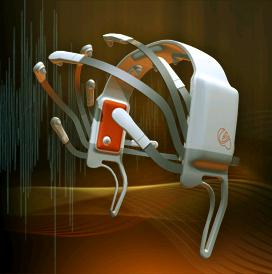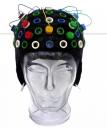Brainwave Binoculars
Tuesday, August 5th, 2008Two miltary contracts worth $11M have been awarded to develop binoculars that work directly with the brainwaves of soliders. The idea is that the brain often “sees” things before the mind can recognize them and objects “far a field” might not be recognized as threats in time.
The goal, as reported by MSNBC is:
“Electrodes on the scalp inside a helmet will record the user’s brain activity as it processes information about high-resolution images produced by wide-angle military binoculars. Those responses will train the binoculars over time to recognize threats.”



